Europe
Europe
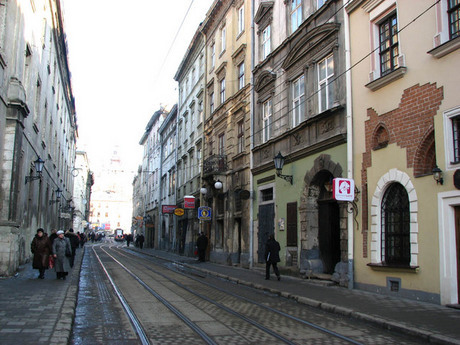
The ensemble of Ruska Street (16-20th centuries) includes residential houses and administrative buildings of ancient Lviv. The earliest mention of the Street is in 1472. Throughout the centuries it was populated mostly by Ukrainians, called in the Galicia of that time "Ruthenians". Hence the name of the Street - Ruska.
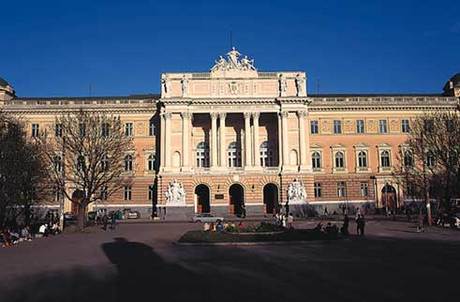
The Ivan Franko National University of Lviv presents a Viennese Neo-Renaissance monument of 1877-1881.
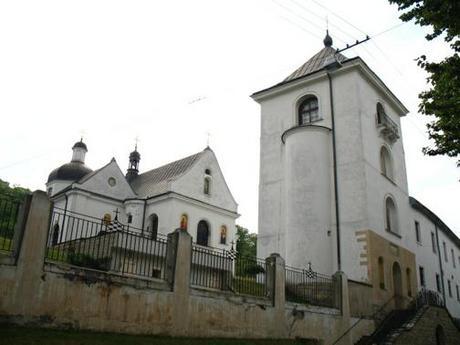
The Greek Catholic Church and Basilian Monastery of Saint Onuphrius (36 Bohdana Khmelnytskoho Street), a monument of the 16-19th centuries, holds a significant place in Ukrainian history and culture.
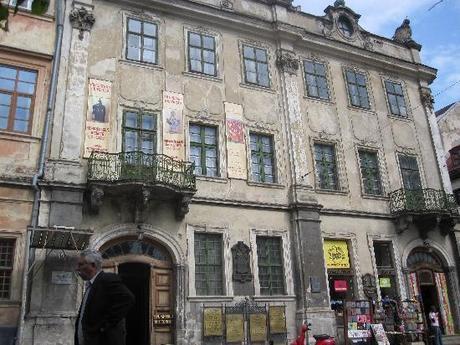
The Palace of Bielskis is the most characteristic example of Lviv's classicistic Art Nouveau. The building was designed by architect Ivan Bahensky and constructed in 1923 for the family of Bielski magnates. The palace has two storeys with a mezzanine and a risalita in the right part. The composition of the main facade is asymmetric, being skilfully blended into the inclined relief. The main portico is emphasized by the vertical line of Corinthian columns which support the attic balustrade. The palace is located deep within the land plot and surrounded by a metal fence.
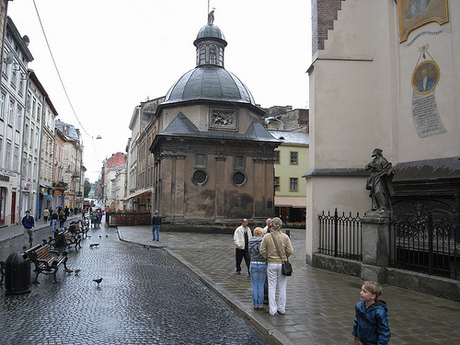
The Chapel of Boim family is a small shrine in Lviv, Ukraine, located just outside the Latin Cathedral, in what used to be known as the Chapter Square. Built between 1609 and 1615, the chapel was originally located in what used to be the city's main cemetery. Founded by mighty merchants, Jerzy Boim and his wife Jadwiga Niżniowska, the Boim chapel was finished by their son, Paweł Jerzy Boim.
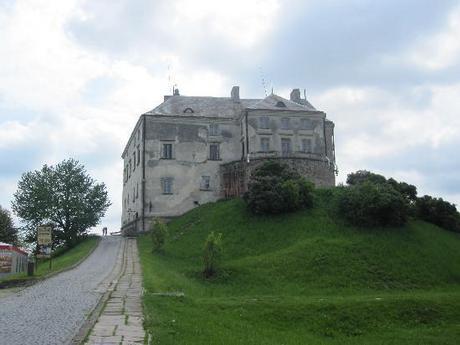
The place where Polish King Jan III Sobieski spent many years of his life. The king became famous because he managed to stop the advance of the Ottoman Empire in Europe. The old castle, mentioned in written sources for the first time in 1327, has a lot to tell after almost seven centuries of existence. Its history lives on its premises.
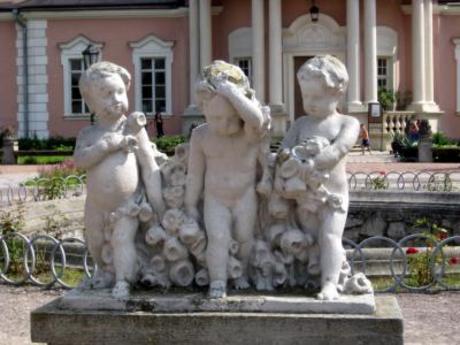
There are hardly any castles in the world that went through such roller coaster transformations – from royal residence to a hospital, vocational school for farming machinery mechanics, ghost-haunted ruins, museums, crumbling structures in perpetual state of restoration where cows and goats graze on once well-kept lawns. If you expect to see well maintained castles similar to those scattered around Western Europe, then this tour is not for you. Instead, these scarred castles reflect complex and tragic history of Western Ukraine and, in combination with other sites and villages along the way, make for a nice day trip outside of Lviv.
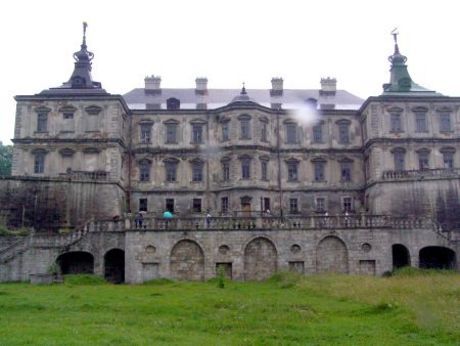
If you are looking for the run-down splendour of a former imperial outpost then Pidhirtsi is the ideal location. The first known reference to a castle on this site is 1445, but today’s exotic and overpowering palatial ensemble dates back to the pomp of Polish rule in the East.
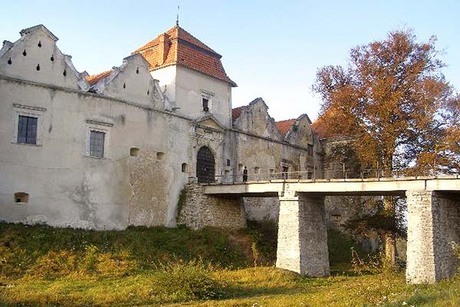
Svirzh Castle together with Olesko, Zolochiv and Pidhirtsi castles consist “A golden horseshoe” of touristic route around the castles of Lviv region.
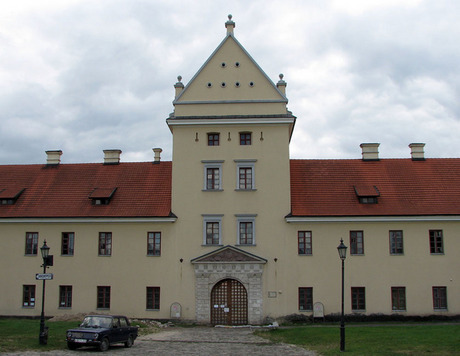
Numerous Ukrainian towns and villages can boast of having the remnants of ancient fortifications, but only the small district centre of Zhovkva in the Lviv region has an absolute right to call its fortress "ideal". At this location, in the first half of the XVII century the only mint in the territory of Ukraine was in operation with the coins being minted from silver that belonged to the Hetman Zolkiewski’s widow.
 1 2 3 4 5 6 7 8 9 10 11 12 13 14 15 16 17 18 19 20 21 22 23 24 2526 27 28 29 30 31 32 33 34 35 36 37 38 39 40 41 42 43 44 45 46
1 2 3 4 5 6 7 8 9 10 11 12 13 14 15 16 17 18 19 20 21 22 23 24 2526 27 28 29 30 31 32 33 34 35 36 37 38 39 40 41 42 43 44 45 46 
